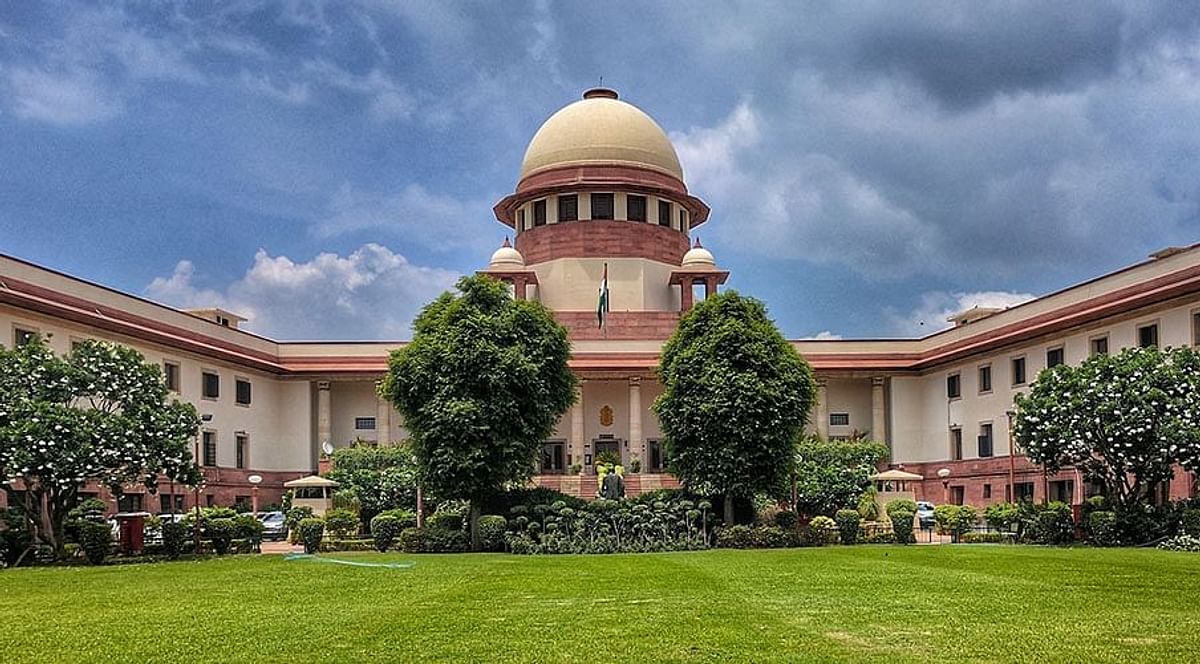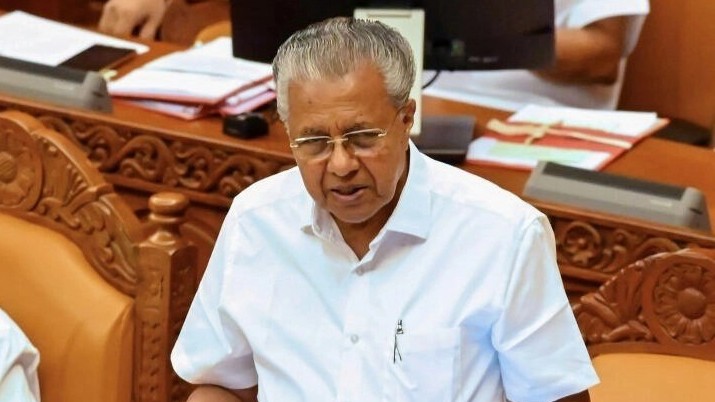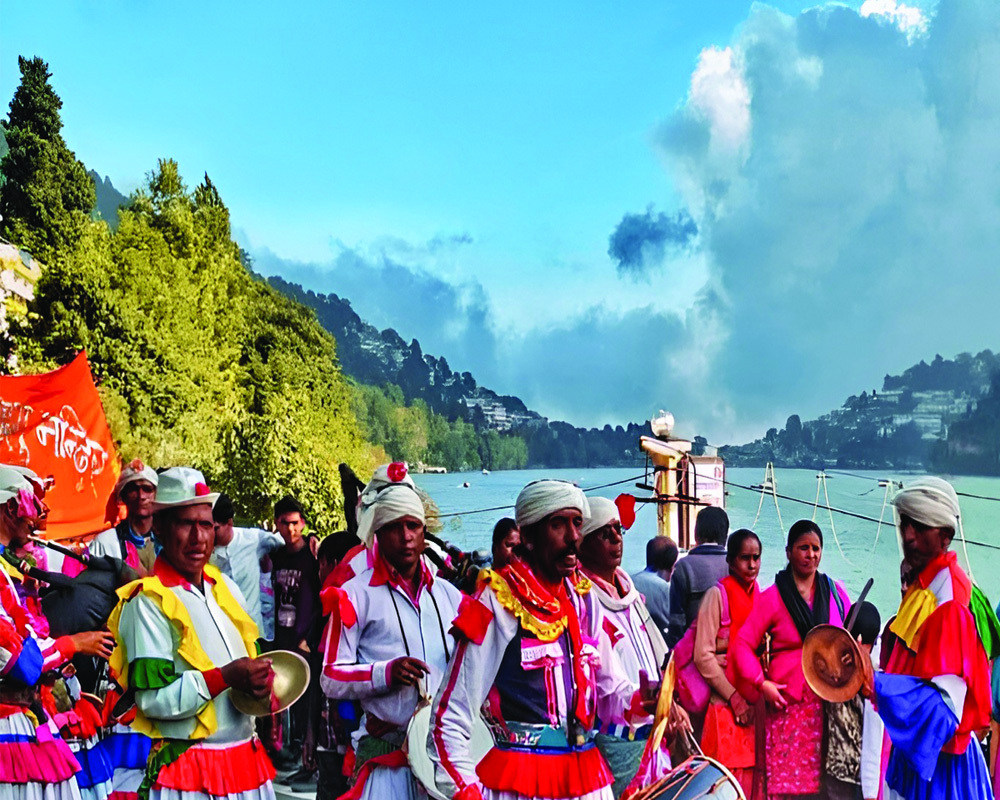Bihar, once the land of Mauryas and Guptas, the cradle of learning with Nalanda and Vikramshila, and the birthplace of great thinkers like Chanakya—has always been at the heart of India's historical and cultural evolution. But look around today, and what do we see? Fields filled with potential, yet farmers struggling to make ends meet. Families are torn apart as young men leave home in search of work elsewhere. The cities swell with migrants while villages fade into oblivion.
It doesn't have to be this way. Bihar has everything it needs to flourish—fertile land, abundant water, skilled artisans, and a heritage of self-reliance. What it lacks is a roadmap, a determined push, and structural reforms that can channel its strengths into a future where Bihar doesn’t just survive but thrives.
Let’s face it—agriculture is the backbone of Bihar. More than 70% of the people depend on farming, yet the system remains outdated. Small landholdings, poor irrigation, and limited market access have kept farmers trapped in a cycle of low productivity and high dependency. But imagine a Bihar where farmers don’t have to leave home to earn a living. Where they can cultivate, process, and sell their produce without being at the mercy of middlemen. Where their children see a future in farming, instead of fleeing to cities in desperation.
The solution? Modernized infrastructure, advanced irrigation techniques, and digital tools like AI-driven soil testing to help farmers increase yield. The West Kosi Project, if properly implemented, can transform water management, ensuring that Bihar’s fields are green year-round instead of being at the mercy of monsoons.
Did you know Bihar produces over 85% of the world’s Makhana (fox nuts)? It’s a superfood, sought after for its nutritional benefits. But despite this dominance, farmers don’t get their fair share. Why? Because the sector is scattered, unorganized, and under-commercialized.
The recently established Makhana Board is a game-changer. Think of it like the Amul model—where farmers collectively own and benefit from the industry. With proper quality certification, branding, export facilitation, and farmer training, Bihar can turn Makhana into a billion-dollar industry. Imagine ‘Bihar Makhana’ labeled on supermarket shelves across the world—bringing prosperity back home, right where it belongs.
Bihar is not just about farming; it’s also about craftsmanship. Bhagalpur Silk is renowned worldwide, but what has been done to elevate the weavers? The answer lies in cooperative economic frameworks, where artisans aren’t just laborers but stakeholders in the industry. By setting up textile hubs, investing in technology, and providing direct market access, Bhagalpur can once again become the ‘Silk City of the World,’ not just of India.
Jute, another forgotten gem, can see a revival too. With the global push for eco-friendly products, Bihar’s jute industry can thrive—if we modernize processing units and link them to domestic and international markets. And most importantly, if we make sure the profits go back to the hands that spin the magic.
With its diverse agricultural produce, Bihar can be more than just a supplier of raw materials—it can be a global food processing and export hub. Creating dedicated Food Export Zones will ensure that farmers don’t just grow food but also gain from its value addition.
Government initiatives and the latest provisions in Budget 2025 signal a shift towards agro-industrialization. But policies mean nothing without execution. This is where close monitoring from the PMO and state administration becomes crucial—to ensure Bihar gets the investments, infrastructure, and institutional support it needs to transform into an agribusiness powerhouse.
Bihar’s rivers have always been its lifelines, yet they remain vastly underutilized. What if we told you that Bihar’s water bodies could create millions of jobs? With strategic investments in fisheries, aquaculture, and inland water transport, the state can boost its ‘Blue Economy.’ Sustainable fishing and modern fish farming techniques can generate wealth while preserving the ecosystem. The Ganga and its tributaries can also serve as efficient waterways—cutting transport costs, boosting trade, and reducing environmental impact. A strong Blue Economy means more jobs at home, fewer migrant laborers, and a stronger Bihar.
The flood-prone regions of Bihar, including the Tal, Chaur, and Maan areas, are often viewed as liabilities, but they hold immense untapped potential. These waterlogged lowlands can be transformed into hubs of sustainable aquaculture and integrated farming. Instead of battling floods, Bihar can learn to harness them—developing a water-based economy that turns seasonal adversity into an advantage. With the right planning, these regions can become highly productive zones for fish farming, lotus cultivation, and integrated paddy-fish culture. This would not only boost rural incomes but also establish Bihar as a leader in India's National Blue Economy. If managed effectively, the floodwaters can be used to recharge groundwater levels, support biodiversity, and create a resilient agricultural model that turns Bihar’s biggest challenge into its greatest strength.
This transformative development is not just economic but also deeply political. With the 2025 Vidhan Sabha elections on the horizon, a shift towards an agriculture-anchored economy can redefine Bihar’s political narrative. Instead of electioneering around caste equations and short-term welfare schemes, Bihar can initiate a development-driven debate, one that shifts the focus to economic empowerment, job creation, and self-sufficiency. This will not only energize the electorate but also strengthen the vision of making Bihar the epicenter of a thriving, cooperative-led economy. Furthermore, such economic revival will directly impact the Home Minister’s ambitious target of eliminating Naxalism by ensuring that discontented youth find stable employment within their own state, reducing the lure of extremism.
Bihar has always been the land of visionaries—whether it was Bhikari Thakur, whose folk theatre echoed the struggles of migration, or Ramdhari Singh Dinkar, whose poetic calls for revolution still inspire the masses. Their voices still resonate with Bihar’s need for transformation. Dinkar’s words, “Samar shesh hai, nahi paap ka bhagi keval vyadh” (The battle is yet to be fought, and the burden of injustice is not for one alone to bear), remind us that Bihar's struggle is far from over—it must fight for its rightful place in India's growth story. Chanakya, the greatest political reformer, laid the foundation of governance rooted in economic stability and strategic foresight, a philosophy that Bihar needs to embrace once again to chart its resurgence.
When we talk about making India a developed country by 2047, it’s impossible to achieve that dream without Bihar rising to its full potential. A weak Bihar keeps India from becoming truly strong. But a Bihar that harnesses its agricultural wealth, its textile heritage, its food industry, and its river economy—that Bihar can be unstoppable.
Bihar doesn’t need sympathy; it needs strategy. It doesn’t need promises; it needs action. And most importantly, it doesn’t need to send its sons and daughters away in search of livelihoods—it needs to build an economy that keeps them rooted, employed, and thriving right at home.
A Viksit Bharat is only possible with a Viksit Bihar. The time to act is now.
Writer Binod Anand, Secretary General, CNRI and Member PM MSP COMMITTEE and Agriculture reforms








 OpinionExpress.In
OpinionExpress.In















Comments (0)